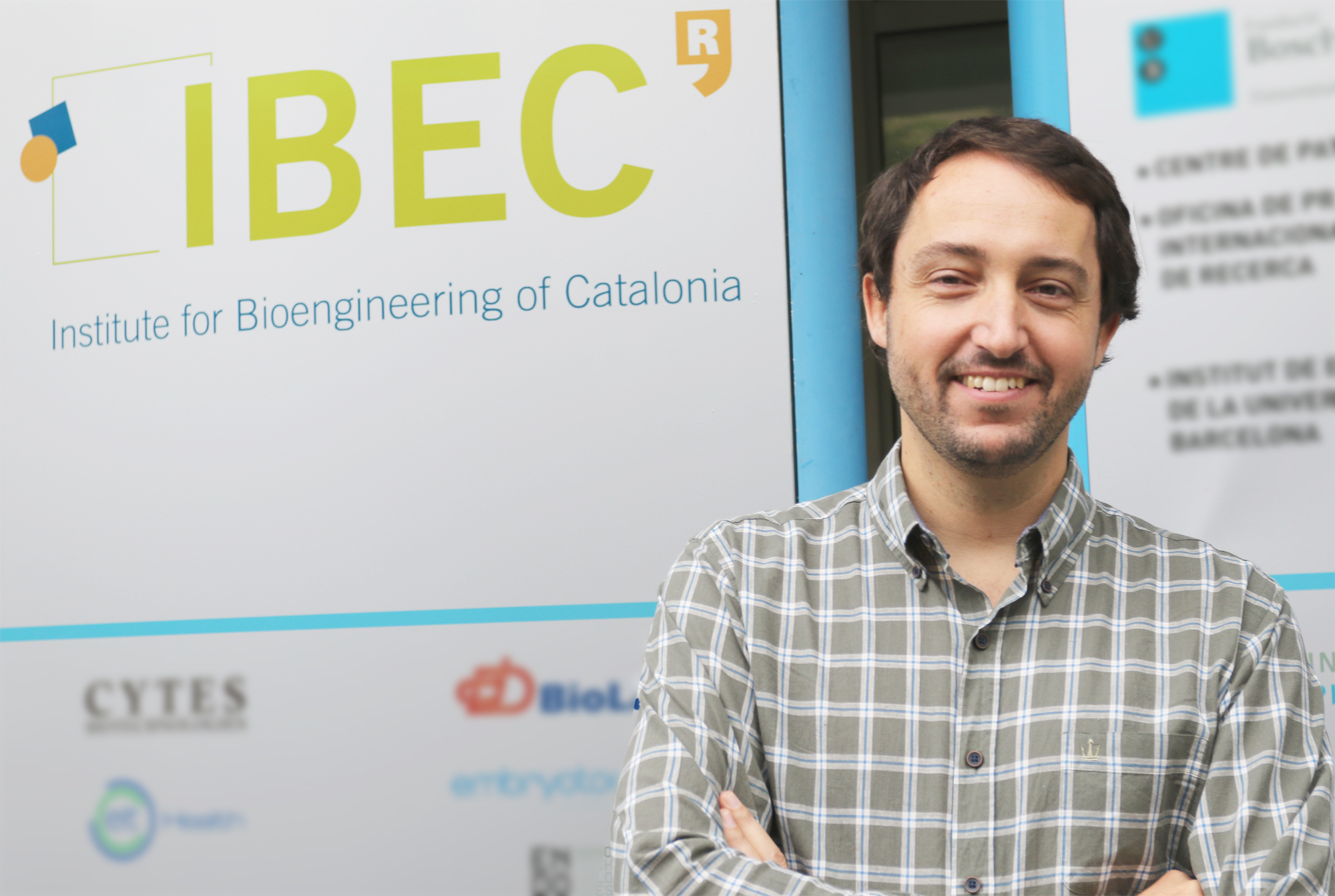Good practices in a multi-disciplinary lab
Good practices in a multi-disciplinary lab
Good practices in a multi-disciplinary lab
PhD Discussion sessions are open to all staff and researchers at all career stages, and are intended to help PhD students gain feedback from colleagues by presenting their research results and discussing them with each other, as well as with more experienced researchers.
PhD Discussion sessions are open to all staff and researchers at all career stages, and are intended to help PhD students gain feedback from colleagues by presenting their research results and discussing them with each other, as well as with more experienced researchers.
PhD Discussion sessions are open to all staff and researchers at all career stages, and are intended to help PhD students gain feedback from colleagues by presenting their research results and discussing them with each other, as well as with more experienced researchers.
PhD Discussion sessions are open to all staff and researchers at all career stages, and are intended to help PhD students gain feedback from colleagues by presenting their research results and discussing them with each other, as well as with more experienced researchers.
 Group leader and ICREA professor Samuel Sanchez appeared as a guest on the La 2 magazine programme Tips on Wednesday 19th.
Group leader and ICREA professor Samuel Sanchez appeared as a guest on the La 2 magazine programme Tips on Wednesday 19th.  IBEC junior group leader and UB assistant professor Pere Roca-Cusachs has been accepted into the prestigious EMBO Young Investigator Programme.
IBEC junior group leader and UB assistant professor Pere Roca-Cusachs has been accepted into the prestigious EMBO Young Investigator Programme.EMBO, the European Molecular Biology Organization, chooses some of the best young group leaders in Europe through a highly competitive annual selection. Pere presented his research plan for the next five years to an international panel in Heidelberg at the beginning of October.
“I’m really delighted to have been accepted,” says Pere, who is the first ever IBEC researcher to be selected for the programme, and the only one from Spain this year.
“Analysis of the Interlimb similarity of motor patterns for improving stroke assessment and neurorehabilitation”
“Analysis of the Interlimb similarity of motor patterns for improving stroke assessment and neurorehabilitation”
“Evaluación no invasiva del impulso neural respiratorio y su relación con la respuesta mecánica mediante el análisis de señales electromiográficas de músculos respiratorios”